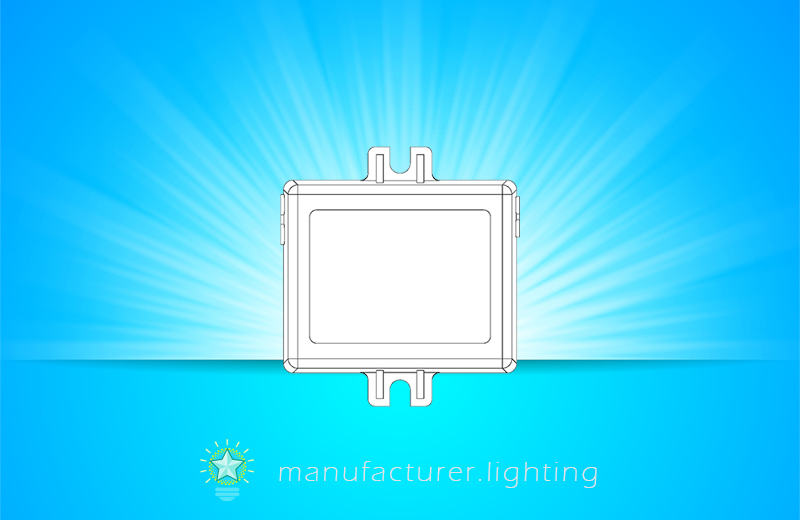
LEDs are basically DC devices and typically require a much lower voltage than the mains AC power supplied by utility companies. Thus, a
power supply or "driver" is necessary for converting the mains AC power to a DC voltage or current suitable for driving the LEDs. LED drivers can be classified into three types: a constant voltage source type, a constant current source type and a pulse type. It is generally desired to provide a constant current supply instead of a constant voltage, since, among other reasons, the output light flux more closely follows the current through the device than the voltage across it. LED light fixtures are powered with a constant current power supply that can be locked to a particular current via a feedback control system using an inductor. In this architecture, the control system can interpret differences in forward voltages within the LEDs within a predefined limit. Benefits of the constant voltage source type driver are inexpensive and uncomplicated external circuitry; but, a drawback is luminance inconsistency of LEDs. A constant voltage power supply can be used and the current to flow through the LEDs is controlled by the voltage output from the voltage power supply and the impedances within the circuit. The voltage output from the constant voltage produces power supply is often adjustable and adjustments in the voltage supply can further alter the current flowing through the LEDs. In some architectures, a voltage converter may be connected between the power supply and LEDs in order for the voltage applied to the LEDs may be set appropriately to control the current flowing through the LEDs to account for varying operating conditions. Certain voltage converter designs employ a feedback control system to measure the current through the voltage converter that in many cases introduces further inefficiencies into a lighting apparatus.
